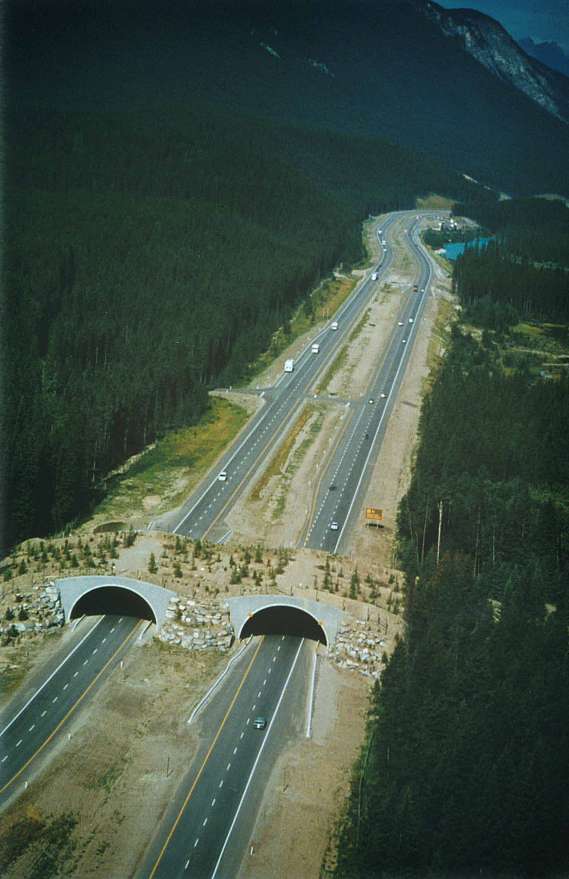Humans rely heavily on the services
that nature provides. The value of these services, such as food, water,
medicine, and other resources, was estimated to be $125
trillion per year in 2011. The
integrity of these systems is under threat from climate change and human
activity, particularly agriculture. Farming activities use 40 percent of the planet’s land, according
to National Geographic. That use is only expanding as the human population
increases.
The resultant biodiversity loss has a severe impact on these ecosystem services
and works to undermines long term resilience and general human well-being. Extinction rates vary widely, but
several scientists agree that human activity has induced an extinction
crisis among wildlife and
plant life that threatens to undermine human survival. Maintaining biodiversity
in these systems is critical to their survival, as diversity is central to system resilience and function.
How Resilient Planning and Design Helps
Communities
must accommodate wildlife and native plants. Services that natural ecosystems
provide should be taken into account when planning new agriculture and
development. Agriculture should prioritize ecological health and plant diversity, as opposed to homogenized and destructive mono-cultures. Restorative tactics, such as the design of wildlife
corridors and habitat
restoration, can help reinvigorate ecosystems.
Co-benefits
Designing to sustain and increase
biodiversity enhances the quality and quantity of services that ecosystems
provide. This includes everything from medicine to food to recreation areas. Restoration
projects can also serve as a way to build communities.
Role of the Landscape Architect
Landscape architects can reconcile the
needs of communities and healthy ecosystems in order to serve both. Landscape
architects can design corridors that are not only public parks but also facilitate wildlife movement through human developments, allowing both wildlife and humans to coexist. Landscape architects can design plant communities and ecosystems that are not only beautiful but also increase ecosystem services. In addition, designers can adapt these designed ecosystems to the stresses of urban life, using the approaches of biophilic urbanism.
 Banff Wildlife Crossing / Image Credit: HumansandNature.org
Banff Wildlife Crossing / Image Credit: HumansandNature.org
Relevant Projects
Orongo
Station Conservation Masterplan, Poverty Bay, New Zealand, NBWLA
The Banff Wildlife Crossing, Alberta, Canada, Parks Canada and Tony Clevenger
Harvard
Yard Restoration, Cambridge, MA, MVVA
Greenest City Action Plan, Vancouver, Canada
Breathe: The Future of Edmonton's Green Network, Edmonton, Canada
Plan NYC Reforestation Initiative, New York, NY
Toronto's Green Roofs Bylaws, Toronto, Canada
Toronto Green Standard, Toronto, Canada
ASLA 2010 Professional General Design Honor Award, Tianjin Qiaoyuan Park, Tianjin City, China, Turenscape
ASLA 2011 Professional Analysis and Planning Honor Award, Menomonee Valley Restoration, Mequon, WI, Landscapes of Place, LLC
Seven
Ponds Farm, Virginia, NBWLA
ASLA 2013 Professional Analysis and Planning Honor Award, Ningbo Eco-Corridor - 3.3 km Living Filter, Ningbo, China, SWA Group
San Francisco Estuary Preserve, San Francisco, CA
Resources
Designing
for the Full Range of Biodiversity, The Dirt blog
What
Role Can Landscape Architects Play in Designing Wildlife Habitats?, The Dirt blog
Biophilic Cities Lead the Way to Urban Sustainability, The Dirt blog
Thomas Rainer: There Are No Mulch Circles in the Forest, The Dirt blog
Why Are
Animals Dying on Our Roads?, ARC Solutions
Interview with Janine Benyus on Designing Like Nature, ASLA
Interview
with Nina-Marie Lister on Ecological Urbanism, ASLA
Interview
with Kristina Hill on Climate Change and Biodiversity, ASLA
Interview with Os Schmitz on Recovering Polluted Ecosystems, ASLA
Designing
Neighborhoods for People and Wildlife, ASLA
Recreating
Wildlife Habitat in Cities, The Dirt blog
Introduction
to Streamside Buffer Zones, Miami Conservancy
<< Home
Drought >>